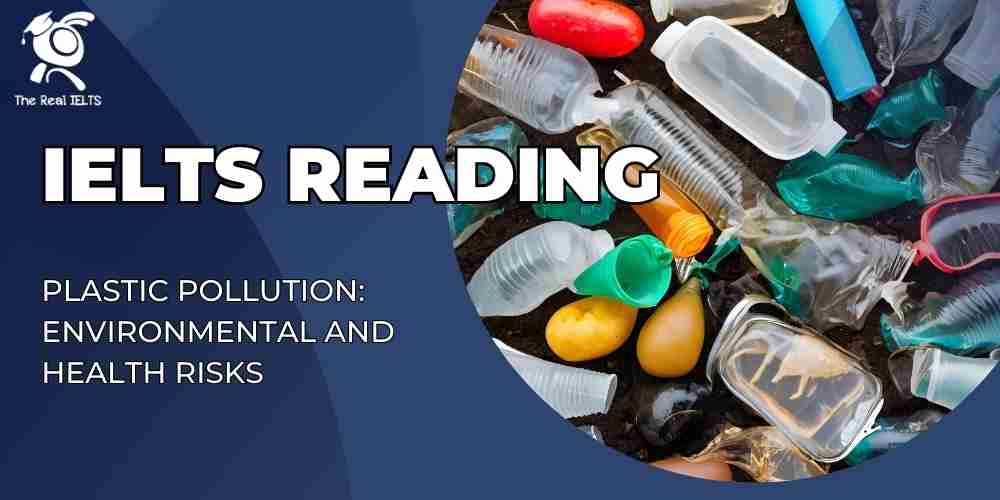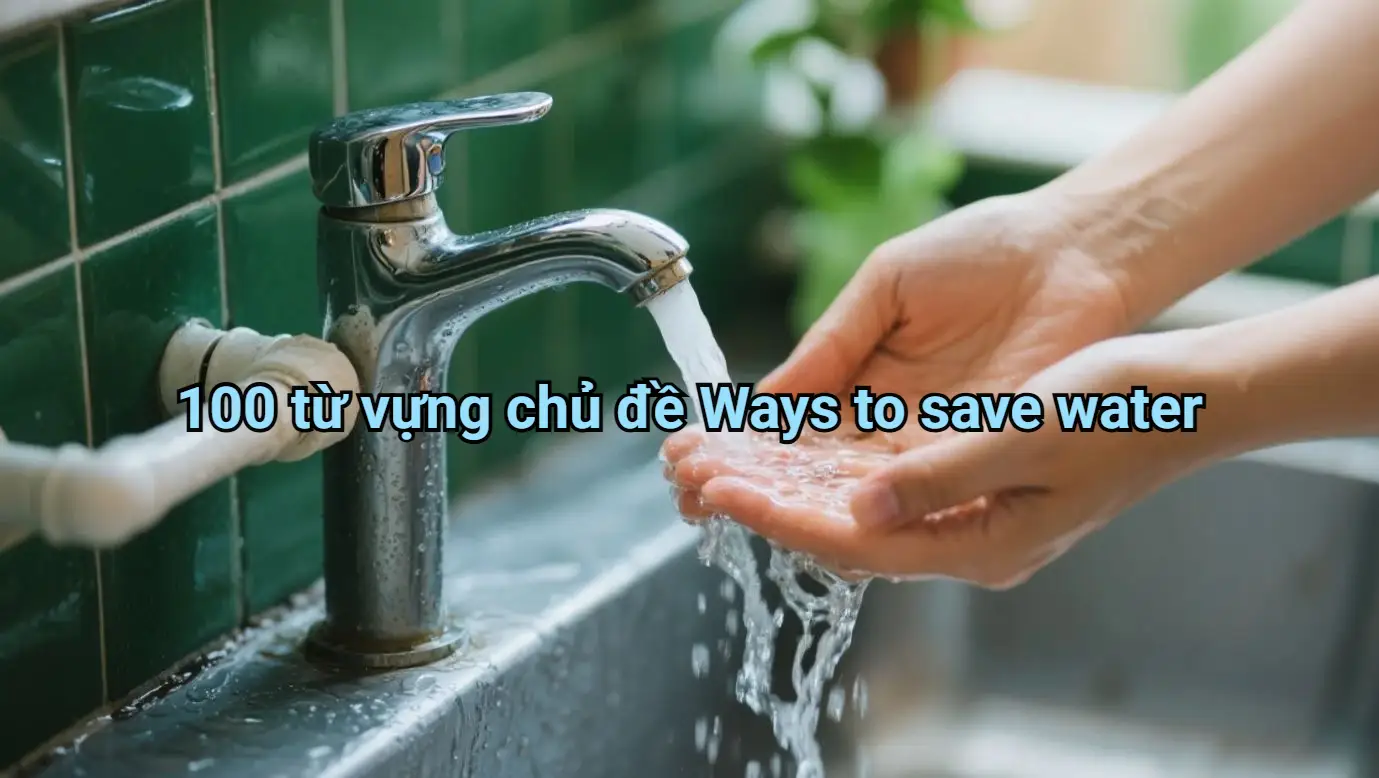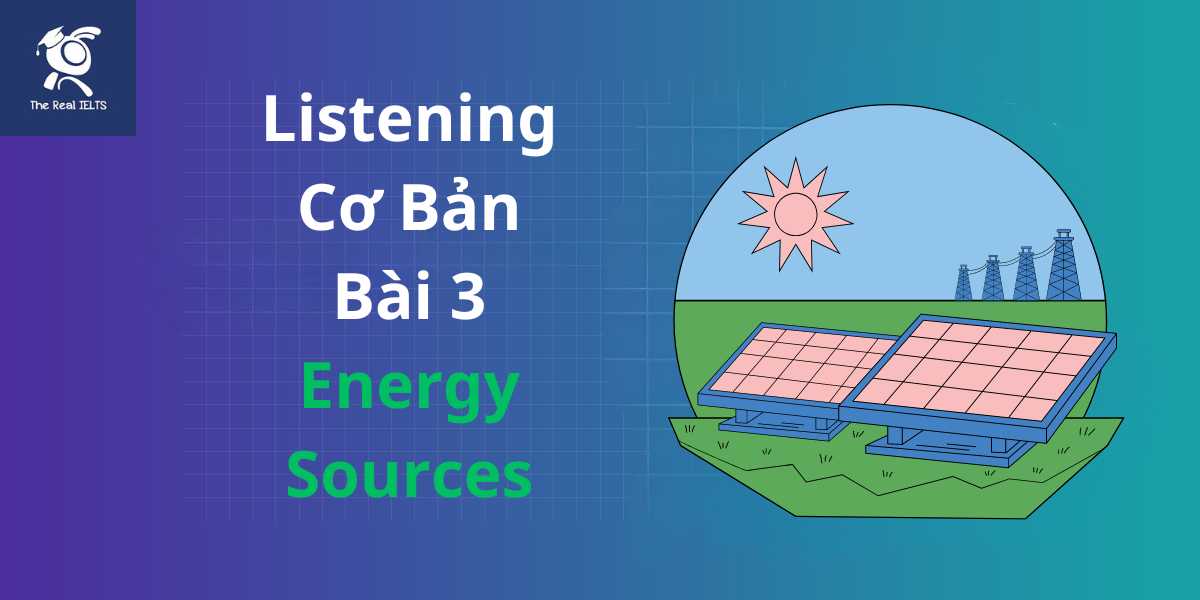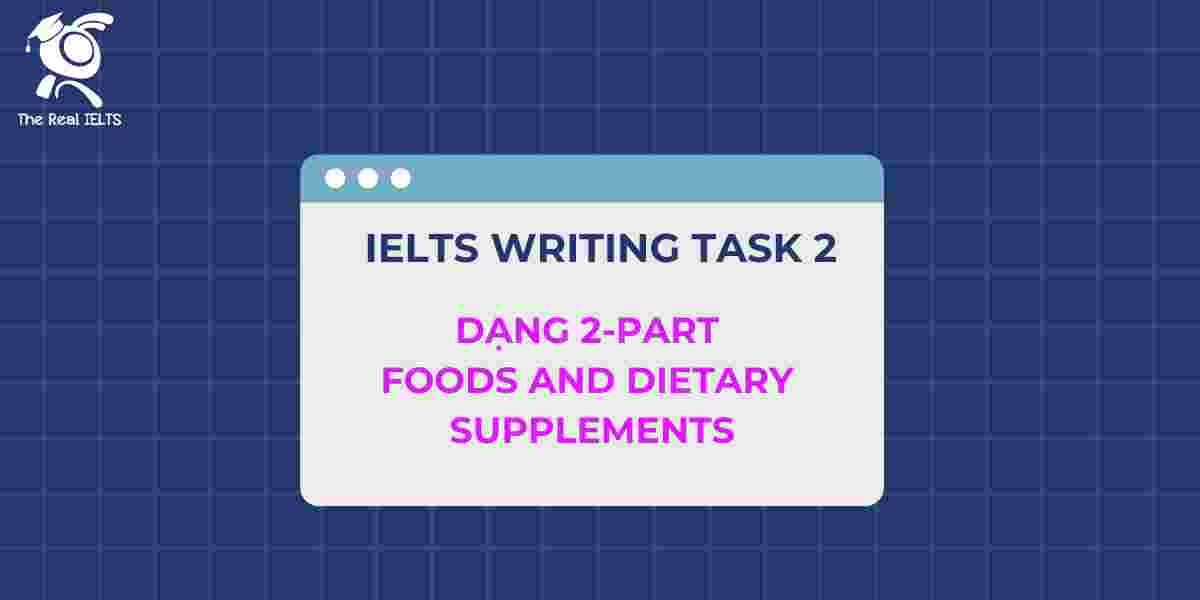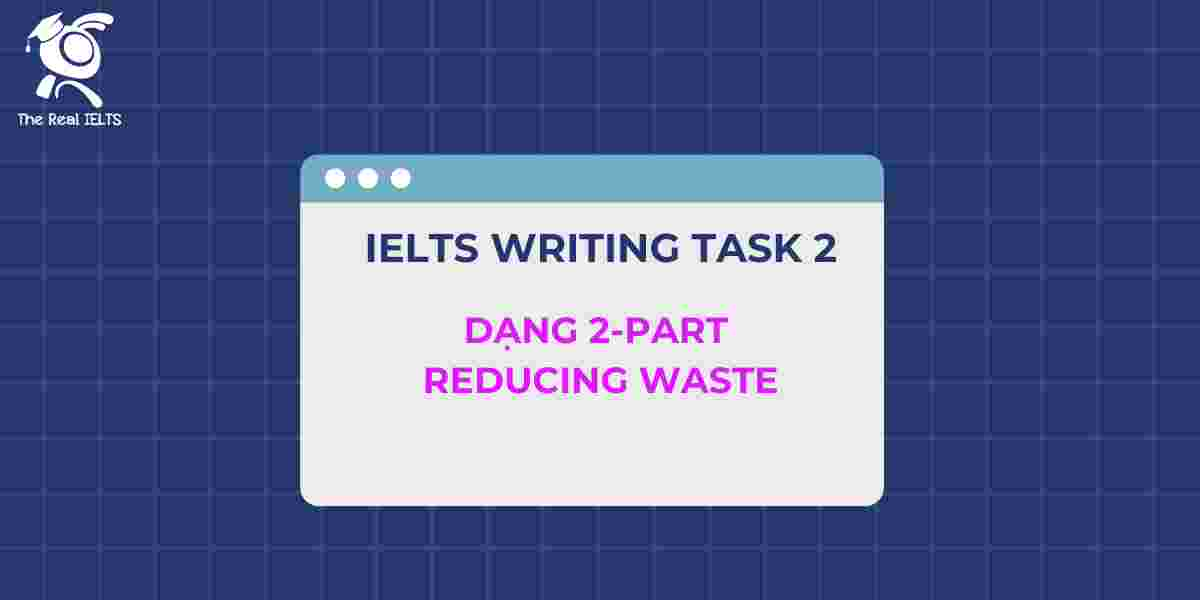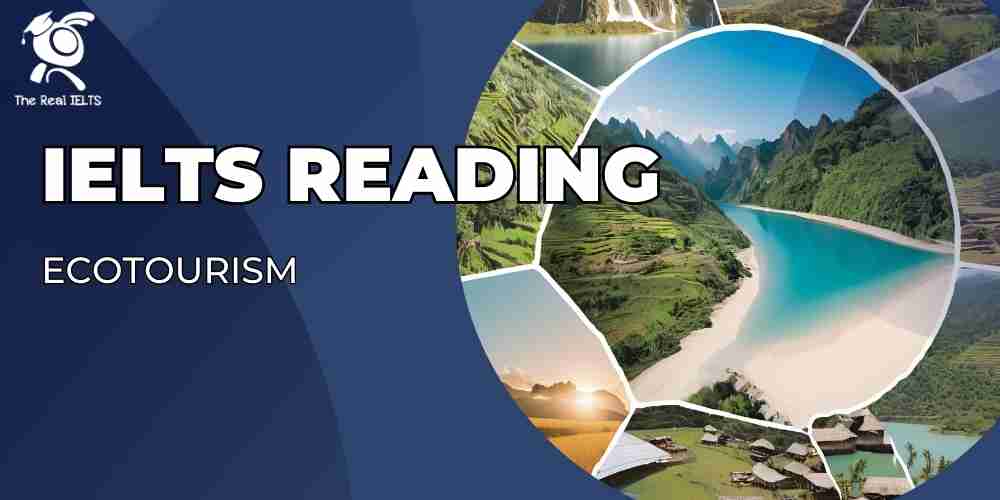Luyện tập IELTS Reading ngày 25 có chủ đề: Plastic Pollution: Environmental and Health Risks. Bài này thuộc chuỗi IELTS Reading: 30 chủ đề luyện tập. Mỗi bài này luyện tập khoảng 30 phút.
Học lại bài cũ: IELTS READING Day 24: The Impact of Technology on Education.
Đọc bài IELTS Reading và trả lời câu hỏi ở bên dưới
Passage 1:
The Ubiquity of Plastic Plastic is one of the most widely used materials in the modern world due to its durability, versatility, and low cost. From packaging and construction materials to consumer products and medical devices, plastic is everywhere. However, its very benefits—particularly its resistance to degradation—are also the root of its environmental problems. It is estimated that over 8 million metric tons of plastic waste enter the world’s oceans each year, causing severe damage to marine ecosystems and wildlife.
Passage 2:
Environmental Impact of Plastic Pollution One of the most severe consequences of plastic pollution is its impact on marine life. Plastic debris in the oceans breaks down into microplastics, which are tiny particles that can be ingested by marine animals. These microplastics have been found in the digestive systems of fish, sea turtles, and even birds, leading to physical harm, poisoning, and, in some cases, death. Moreover, larger pieces of plastic waste, such as discarded fishing nets and plastic bags, can entangle marine animals, restricting their movement and often resulting in fatal injuries.
Passage 3:
Health Risks Associated with Plastic Plastic pollution is not just an environmental issue; it also poses significant health risks to humans. When plastic is exposed to sunlight, it can release toxic chemicals, including bisphenol A (BPA) and phthalates, which are known to disrupt endocrine functions in humans and animals. Furthermore, microplastics have been detected in drinking water, seafood, and even in the air we breathe. These particles can carry harmful pollutants that may lead to respiratory problems, hormone disruption, and even an increased risk of cancer.
Từ vựng
- Plastic – Nhựa
- Durability – Độ bền
- Versatility – Tính linh hoạt
- Degradation – Sự phân hủy
- Metric tons – Tấn (đơn vị đo lường)
- Marine ecosystems – Hệ sinh thái biển
- Wildlife – Động vật hoang dã
- Debris – Mảnh vụn
- Microplastics – Vi nhựa
- Particles – Hạt, mảnh nhỏ
- Ingested – Nuốt vào
- Digestive systems – Hệ tiêu hóa
- Toxic chemicals – Hóa chất độc hại
- Bisphenol A (BPA) – Bisphenol A (BPA) (một loại hóa chất độc hại)
- Phthalates – Phthalates (một nhóm hóa chất độc hại)
- Endocrine functions – Chức năng nội tiết
- Pollutants – Chất gây ô nhiễm
- Respiratory problems – Vấn đề hô hấp
- Hormone disruption – Sự rối loạn hormone
- Cancer – Ung thư
- Entangle – Làm mắc vào, vướng vào
- Exposure – Sự tiếp xúc
- Health risks – Nguy cơ sức khỏe
- Consumer products – Sản phẩm tiêu dùng
- Packaging – Bao bì
- Construction materials – Vật liệu xây dựng
- Medical devices – Thiết bị y tế
- Poisoning – Sự nhiễm độc
- Fatal injuries – Chấn thương chết người
- Natural habitat – Môi trường sống tự nhiên
Câu hỏi IELTS Reading
Questions 1-5
Do the following statements agree with the information given in the passage? Write:
- TRUE if the statement agrees with the information
- FALSE if the statement contradicts the information
- NOT GIVEN if there is no information on this
- Plastic pollution primarily affects marine life by blocking sunlight from reaching underwater plants.
- Over 8 million metric tons of plastic waste are released into the oceans annually.
- Microplastics have been found in the digestive systems of several marine animals.
- Bisphenol A (BPA) is released from plastics only when they are burned.
- Microplastics have been detected in various elements of human consumption.
Questions 6-9
Choose the correct answer, A, B, C, or D.
- What is one of the main reasons plastic is so widely used today?
- A) It decomposes quickly in the environment.
- B) It is durable, versatile, and inexpensive.
- C) It is produced in limited quantities.
- D) It is a natural resource.
- How do larger pieces of plastic waste pose a threat to marine animals?
- A) By poisoning their food supply.
- B) By creating barriers that limit their migration.
- C) By entangling them and causing injuries.
- D) By altering their natural habitat.
- Which toxic substance is known to disrupt endocrine functions?
- A) Microplastics
- B) Phthalates
- C) Pesticides
- D) Carbon dioxide
- What has been discovered in drinking water and seafood that raises health concerns?
- A) Large plastic waste
- B) Chemicals from pesticides
- C) Microplastics
- D) Oil spills
Questions 10-13
Complete the summary using the words in the box below. Write the correct letter, A-G, in boxes 10-13 on your answer sheet.
A) microplastics
B) sunlight
C) respiratory problems
D) bisphenol A (BPA)
E) increased plastic waste
F) endocrine functions
G) hormone disruption
Summary: Plastic pollution has severe effects on both the environment and human health. When plastic is exposed to (10) ________, it can release toxic chemicals, including (11) ________, which are known to disrupt (12) ________ in humans. Additionally, microplastics found in drinking water and seafood can carry pollutants that may cause (13) ________.
Answer: 10. ________
11. ________
12. ________
13. ________
Đáp án IELTS Reading
Questions 1-5
- FALSE (The passage does not mention plastic blocking sunlight as a primary effect on marine life.)
- TRUE (The passage states that over 8 million metric tons of plastic waste enter the world’s oceans each year.)
- TRUE (Microplastics have been found in the digestive systems of fish, sea turtles, and even birds.)
- FALSE (Bisphenol A (BPA) is released when plastic is exposed to sunlight, not only when burned.)
- TRUE (Microplastics have been detected in drinking water, seafood, and even in the air we breathe.)
Questions 6-9
- B) It is durable, versatile, and inexpensive. (These are the main reasons plastic is widely used today.)
- C) By entangling them and causing injuries. (The passage mentions that larger pieces of plastic can entangle marine animals.)
- B) Phthalates (Phthalates and BPA are mentioned as substances that disrupt endocrine functions.)
- C) Microplastics (Microplastics have been detected in drinking water and seafood, posing health risks.)
Questions 10-13
- B) sunlight (Plastic releases toxic chemicals when exposed to sunlight.)
- D) bisphenol A (BPA) (BPA is one of the toxic chemicals released from plastics.)
- F) endocrine functions (BPA and phthalates disrupt endocrine functions in humans.)
- C) respiratory problems (Microplastics can cause respiratory problems when inhaled.)


